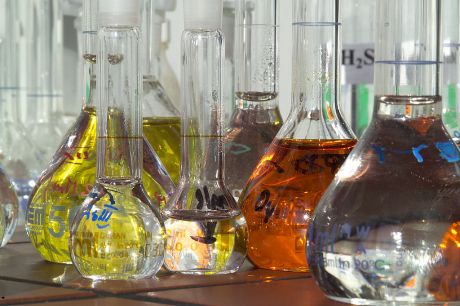
Scientists are studying how toxic chemicals are naturally degraded in polluted waters with a view to developing cost-effective methods for cleaning up contaminated sites.
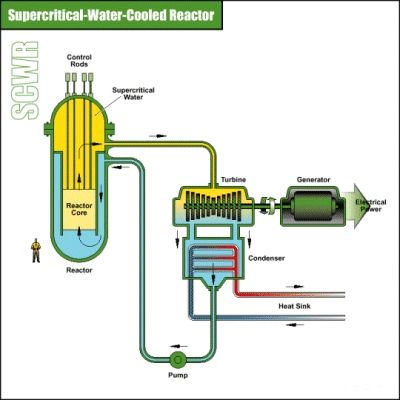
A fuel qualification test (FQT) is planned for the development of the next-generation nuclear reactors. An EU-funded consortium has unveiled the experimental test facility containing a small fuel assembly comprised of multiple fuel pins.

In the face of climate change and ever more intensive land use, EU-funded researchers gathered new data on groundwater and the ecosystems that depend upon it. Their work supports tools and methods for managing these systems in an integrated way, while considering environmental, economic and social factors.
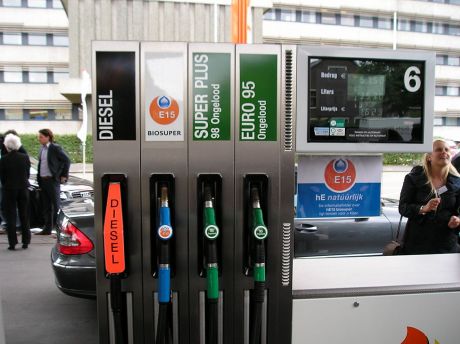
Imagine having gas stations with fuel pumps that harness solar energy to produce fuels – something akin to the process that plants use to make their own food. EU-funded scientists made major advancements in developing solar technology to turn carbon dioxide (CO2) into solar fuel, helping to reduce dependence on fossil fuels.
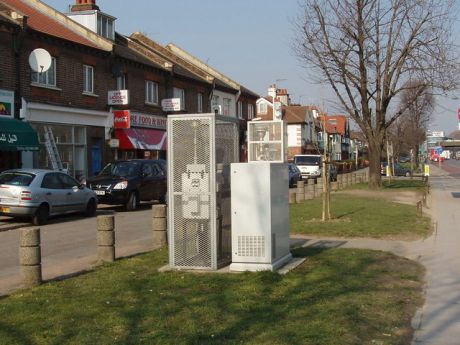
An EU team is developing an air quality monitoring hardware system for public use. After developing case studies for numerous European cities, the team designed, then built and tested sensor and communication modules, including software.

Golf courses are often criticised for using excessive amounts of water, particularly in drier regions such as southern Europe. A newly developed system addresses this issue, using a network of sensors and an intelligent control unit to manage water usage and reduce consumption by a third.

An EU study developed new methods for assessing the ecological effects of Europe's food and drink production. The team showed that most methods cannot cope with regional variation, then recommended database changes and developed a software tool.

Understanding the relationship between climate and ecosystems is crucial to preventing undesired changes to our environment, such as desertification and the loss of species. However, the multi-component and multi-scale nature of ecosystems makes them difficult to easily understand.
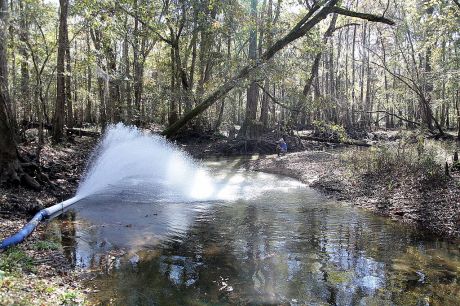
European scientists have developed solutions to improve the integrated management of urban wastewater systems and freshwater ecosystems
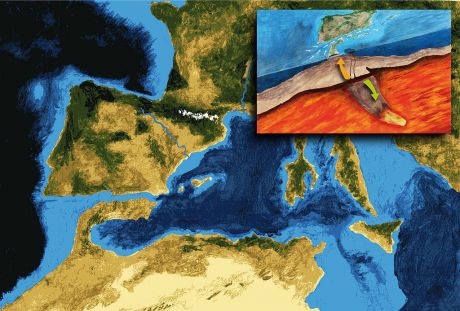
To EU-funded Earth scientists, it is evident that many parts of the Earth's crust have been extracted from the underlying mantle. However, the timing of new crust formation and recycling of old crust has proven to be an elusive issue.
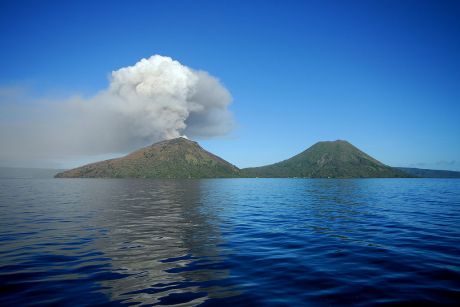
To understand changes observed in the aerosol layer of the stratosphere, scientists use remote sensing to collect relevant data. EU funded scientists are now 4D modelling aerosol formation and transport, in particular after volcanic eruptions.
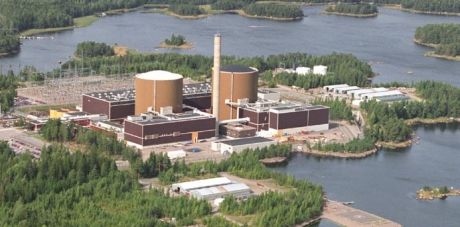
Safety is a major challenge for the new generation IV (Gen-IV) fast neutron reactors. Ongoing research and development (R&D), supported by the EU, will update or develop existing computer codes to accurately model innovative reactor designs and accident scenarios.

Scientists performed model simulations to estimate the impact of future anthropogenic emission scenarios on air quality in Europe and the Eastern Mediterranean under present and future climates.
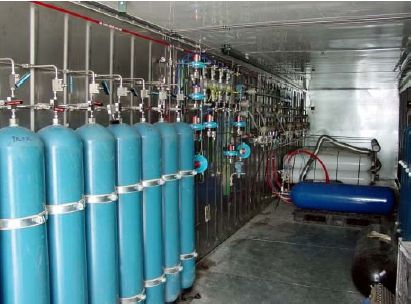
On-board storage of compressed hydrogen gas (CGH2) is a key enabler of hydrogen and fuel cell technologies. Lowering the cost of the required tanks while enhancing their performance will support widespread uptake and greener automotive transport.
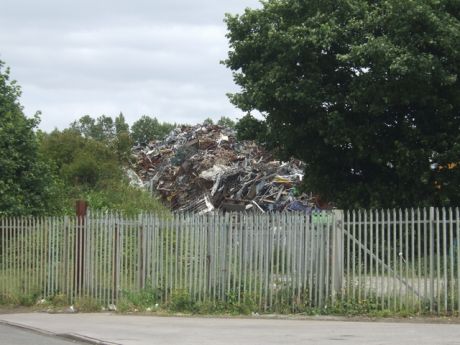
Researchers from Brazil and Europe are sharing knowledge through work exchanges in the field of geosciences. The aim is to gain greater understanding and skills in geochemistry and dealing with pyrometallurgical waste recycling in agriculture.
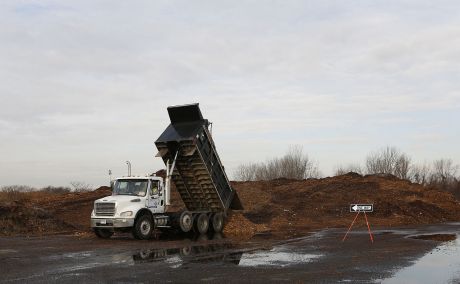
EU scientists are studying advanced thermochemical processes (ATPs) and their environmental impacts, which will enable the use of biomass as a sustainable source of energy.
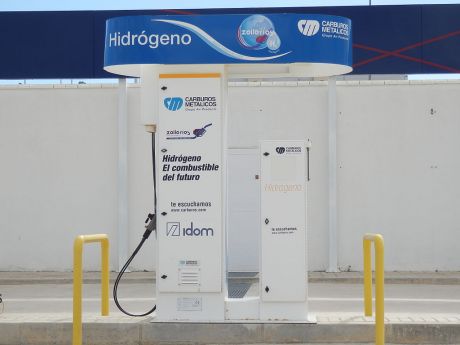
The development of clean energy technologies for cars should go hand in hand with investments in infrastructure. EU-funded scientists showed how to halve the energy required for liquefying hydrogen and how to scale up hydrogen liquefaction in Europe, enabling a low-carbon energy supply chain.
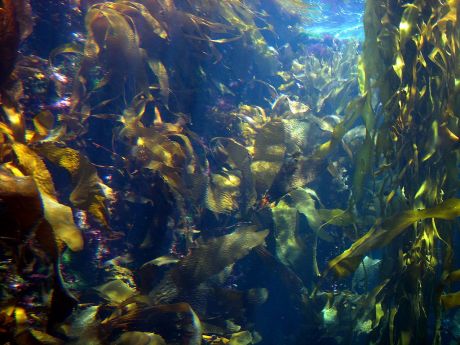
Carbon capture and storage is an innovative and effective technology for achieving carbon dioxide (CO2) reductions globally. An EU-funded project is assessing for the first time the risks associated with sub-seabed CO2 storage on marine ecosystems.
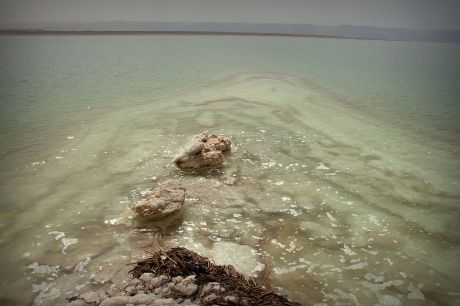
The amount of energy potentially available from the difference in the salt concentrations of seawater and river water around the world is 1.4 to 2.6 terawatts, or about 20 % of local electricity consumption. This natural process does not produce carbon dioxide or any other polluting combustion emissions, nor does it result in thermal pollution.
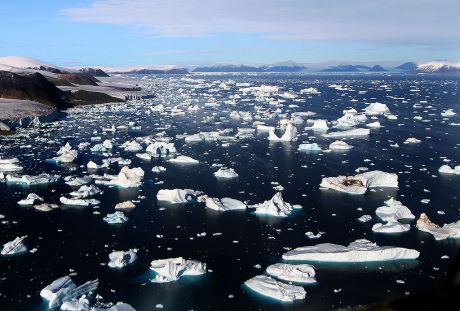
Palaeoceanography studies the history of the oceans, including their chemistry, temperature and salinity. This information enables conclusions to be drawn regarding configuration and intensity of ocean circulation, which in turn is the main amplifier of climate change.
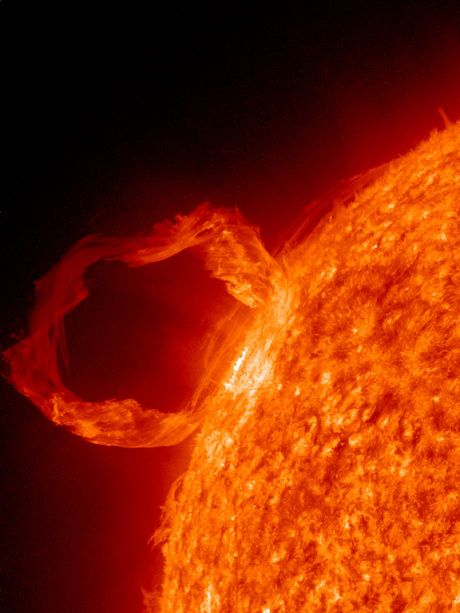
The brightness of the Sun varies on all time scales and wavelengths. An EU-funded initiative is gathering scattered observations from over 25 instruments to accurately represent how solar irradiance variability influences Earth's climate.
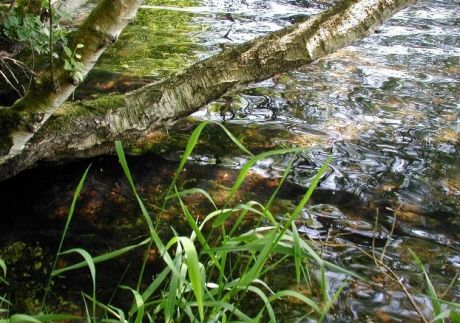
An EU group is broadening and managing a network of research organisations to promote a shared approach to biodiversity study. Outcomes include a mechanism for agenda-setting, creation of a large body of funds and dissemination tools.
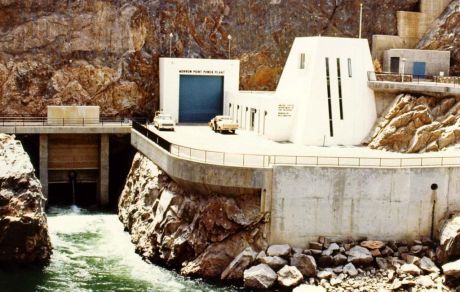
Scientists from the EU are investigating the effects of storing carbon dioxide (CO2) deep underground and developing recommendations for operators and regulators.
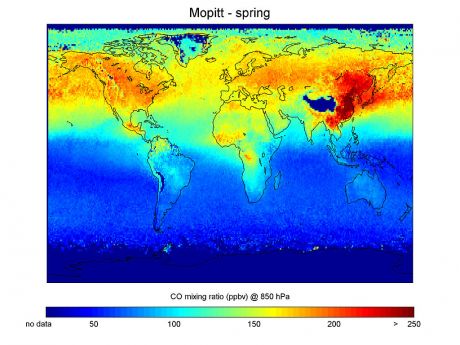
A new atlas with electronic maps that espouse the concept of controversy mapping could help decision makers manage climate change more effectively.
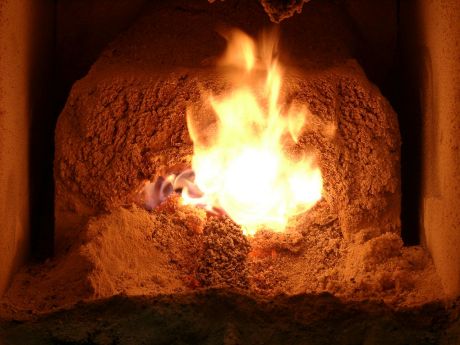
Bioenergy produced from refined biomass can reduce emissions that contribute to climate change while providing energy security. Cooperative funding of the most promising projects should lower costs and increase sustainability.
























